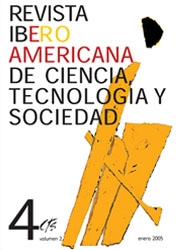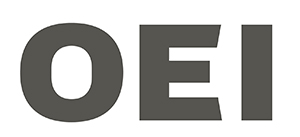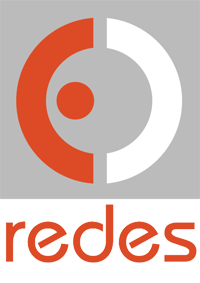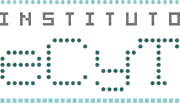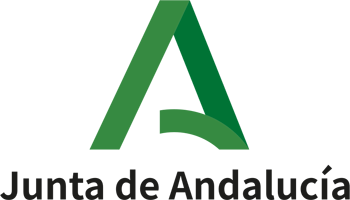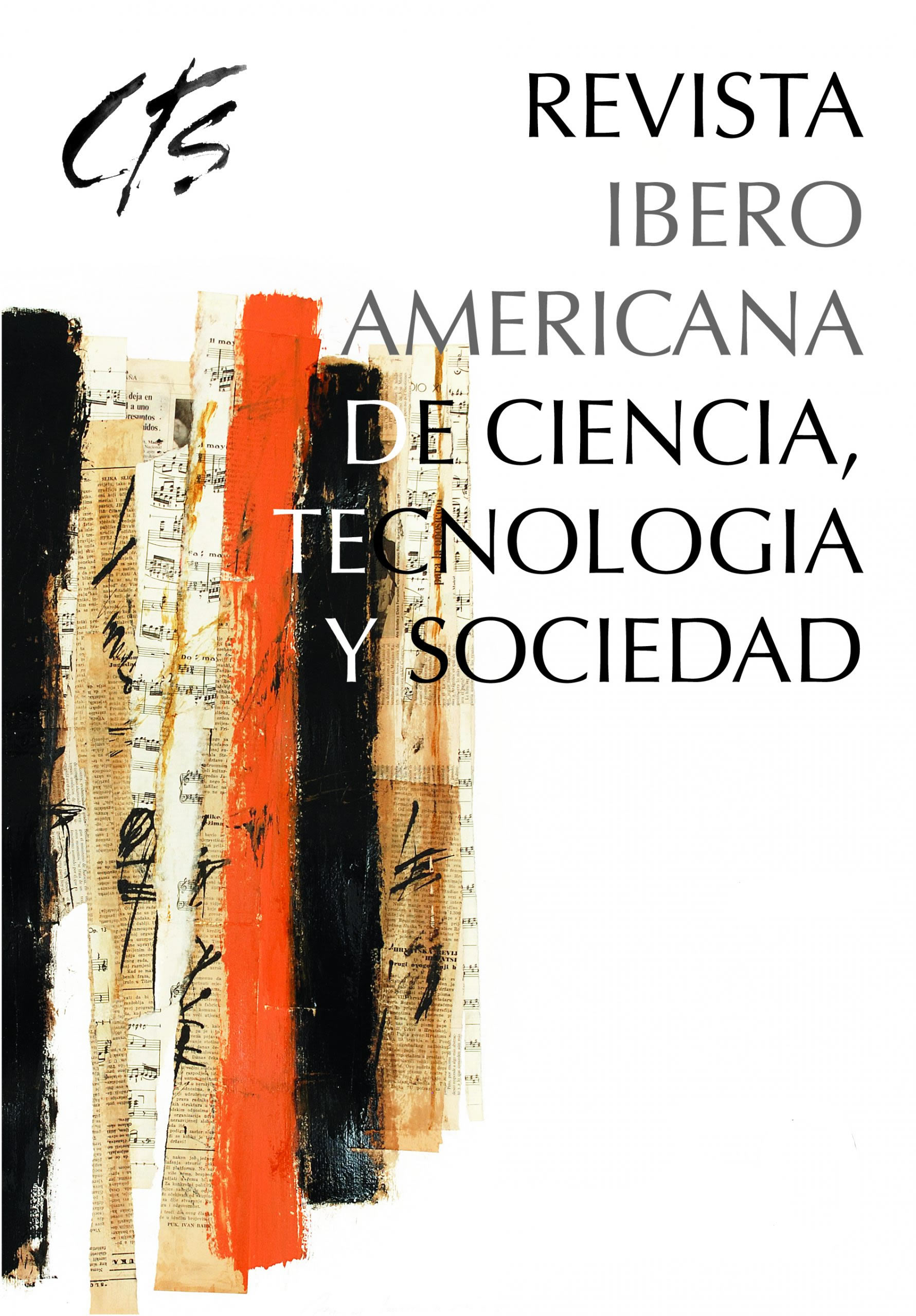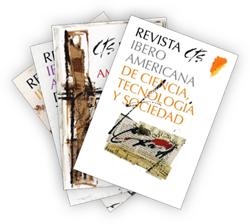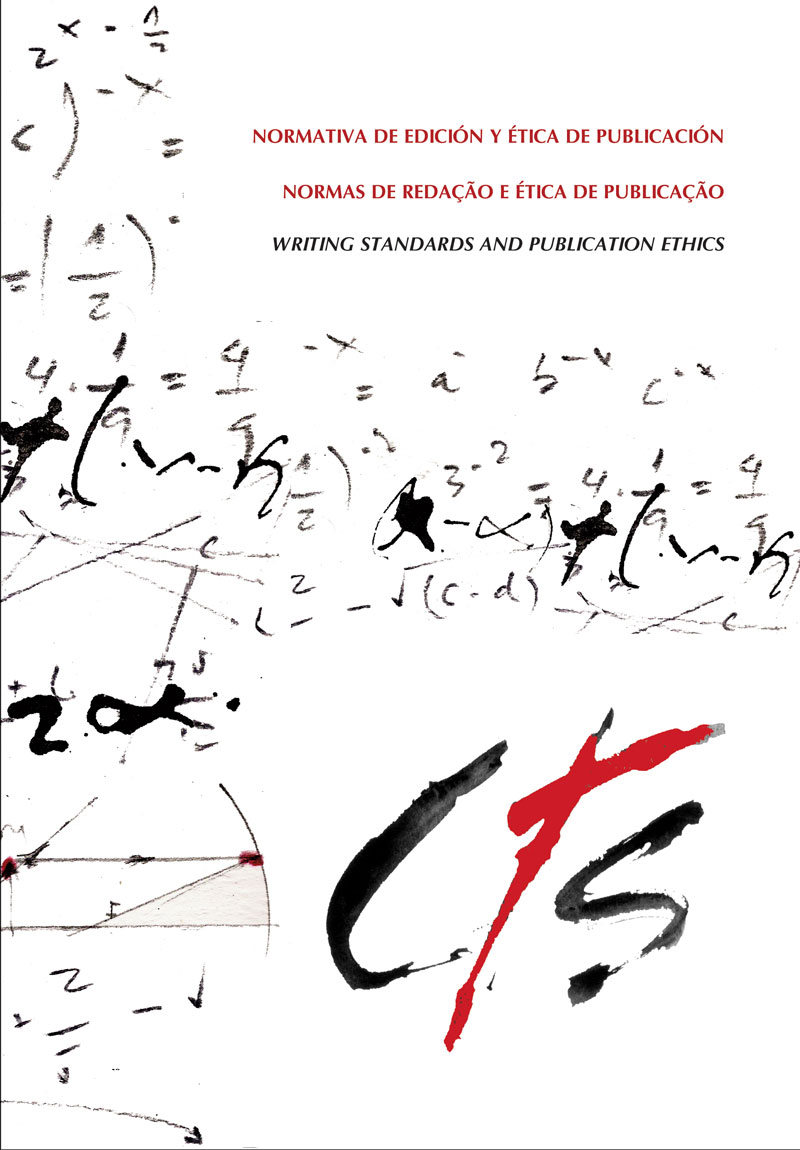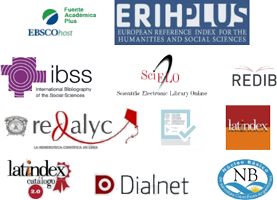Social impact of science and technology in Cuba
A macro-level measurement experience
DOI:
https://doi.org/10.52712/issn.1850-0013-1037Keywords:
measuring, social impact, science and technology, aggregate value, results of R&D I projects, knowledge usersAbstract
This paper aims at measuring the social impact of science and technology in Cuba in terms of the application of new scientific and technological knowledge. The experience is performed at the macro level and consists in the identification of the major products, services, processes and technologies with aggregate value, through the application of the results of R&D+I projects. The social impact is measured by indicators that describe the social benefit contributed for each evaluated product. The new knowledge’s users are the principal source of information in this study. Based on this experience, the fundamental guidelines for the integral approach of the social impact of science and technology in the Cuban context are proposed.
Downloads
References
ALBORNOZ, M. (1999): “Indicadores y Política Científica y Tecnológica”, IV Taller Iberoamericano e Interamericano de Indicadores de Ciencia y Tecnología, México, RICYT.
ALBORNOZ, M. (2000): Impacto social de la ciencia y la tecnología: conceptualización y estrategias para su medición, documento de base del proyecto homónimo, mimeo.
ALBORNOZ, M., ESTÉBANEZ, M.E., ALFARAZ, C., DANIEL, C., ITZKOVITZ, V., KORSUNSKY, L. y PAPA, J. (2003): “Revisión teórica y metodológica sobre la medición del impacto social de la ciencia y la tecnología”, documento de trabajo Nº 1 del proyecto Impacto social de la ciencia y la tecnología: conceptualización y estrategias para su medición, mimeo.
CITMA (2004): Prioridades de la ciencia y la tecnología cubanas.
CITMA (2003): Indicadores de Ciencia y Tecnología, documento.
CITMA (2000): Documentos Rectores, La Habana, Editorial Academia.
DIRECCIÓN DE TECNOLOGÍA E INNOVACIÓN (2000): Tabla estadística para la medición de impacto, documento.
ESTÉBANEZ, M.E. (2003): “Impacto social de la ciencia y la tecnología: estrategia para su análisis”, en RICYT: El estado de la ciencia. Principales indicadores de ciencia y tecnología iberoamericanos / interamericanos 2002, Buenos Aires, RICYT, pp. 95-103, disponible en http://www.ricyt.org
ESTÉBANEZ, M.E. (1998): “La medición del impacto de la ciencia y la tecnología en el desarrollo social”, Segundo Taller de Indicadores de Impacto Social de la Ciencia y la Tecnología, La Cumbre (Córdoba, Argentina), RICYT.
EUROPEAN COMMISSION (1999): “Options and limits for assessing the socio-economic impact of European RTD programmes”, Report to the European Commission DG XII, Evaluation Unit.
FELCE, D. y PERRY, J. (1995): “Quality of life: It’s Definition and Measurement”, Research in Developmental Disabilities, Vol. 16, Nº 1, pp. 51-74.
FERNÁNDEZ POLCUCH, E. (2001): “La medición del impacto social de la ciencia y la tecnología”, en M. Albornoz (comp.): Temas actuales de indicadores de ciencia y tecnología en América Latina y el Caribe, Buenos Aires, RICYT, disponible en http://www.science.oas.org/ricyt/Biblioteca/Documentos/polcuch.rtf
GALLOPÍN, G. et al. (1999): “Una ciencia para el siglo XXI: del contrato social al núcleo científico”, disponible en http://www.campus-oei.org/salactsi/gallopin.pdf
GARRET-JONES, S. (2000): “University Research Outcomes. International Trends in Evaluating University Research Outcomes. What Lessons for Australia?”, Research Evaluation, vol. 8, n. 2, August, pp. 115-124.
GÓMEZ-VELA, M. y SABEH, N. (2001): Calidad de vida. Evolución del concepto y su influencia en la investigación y en la práctica, Salamanca, Instituto Universitario de Integración en la Comunidad, Universidad de Salamanca.
HOLZNER, B. et al. (1987): “An accounting scheme for designing science impact indicators”, Knowledge, Creation, Diffusion, Utilization, Vol. 9, N° 2.
ITZCOVITZ, V., FERNÁNDEZ POLCUCH, E. y ALBORNOZ, M. (1998): “Propuesta metodológica sobre la medición del impacto de la CyT sobre el desarrollo social”, Segundo Taller de Indicadores de Impacto Social de la Ciencia y la Tecnología, La Cumbre (Córdoba, Argentina), RICYT.
KOSTOFF, R. (1995): “The handbook of research impact assessment”, Office of Naval Research, Arlington VA.
LICHA, I. (1994): “Indicadores endógenos de desarrollo científico y tecnológico, y de gestión de la investigación”, en Eduardo Martínez (ed.), Ciencia, tecnología y desarrollo: interrelaciones teóricas y metodológicas, Caracas, Nueva Sociedad.
LÓPEZ CEREZO, J.A. y LUJÁN, J.L. (2000): “Observaciones sobre los indicadores de impacto social”, Seminario-Taller Sociedad de la información y promoción de la cultura científica, Lisboa, RICYT.
MENDIZÁBALet al. (2003): “Desarrollo de una Guía de Evaluación de Impacto Social para proyectos de I+D+I”, Revista Iberoamericana de Ciencia, Tecnología, Sociedad e Innovación, No. 5, disponible en http://www. c a m p u s -oei.org/revistactsi/numero5/articulo4.htm
OCDE (2002): Principales Indicadores de Ciencia y Tecnología.
OCDE (1997): Revisión de las clasificaciones de los sectores y de los productos de alta tecnología.
OCDE (1990): Proposed Standard Method of Compiling and Interpreting Technology Balance of Payments Data-TBP Manual.
QUEVEDO, V., CHÍA, J. y RODRÍGUEZ BATISTA, A. (2002): “Midiendo el impacto”, Ciencia, Innovación y Desarrollo, Vol. 7, No 1.
RICYT(2002): El estado de la ciencia. Principales indicadores de ciencia y tecnología iberoamericanos / interamericanos, RICYT/CYTED, Buenos Aires.
RICYT (2001): Normalización de indicadores de innovación tecnológica en América Latina y el Caribe. Manual de Bogotá, Buenos Aires, RICYT.
RODRÍGUEZ BATISTA, A. (2003): “¿Listos para medir por impacto?”, Ciencia, Innovación y Desarrollo, Vol. 8, No 1.
SALOMÓN, J.-J. (2001): El nuevo escenario de las políticas de ciencia, disponible en http://www.campus-oei.org/salactsi/ctsdoc.htm
TRUEBA GONZÁLEZ, G. (2003): Principales características del financiamiento de la ciencia y la tecnología en la República de Cuba, documento de trabajo.
UNESCO-ICSU (1999): Declaración sobre la ciencia y el uso del saber científico, disponible en http://www.campus-oei.org/budapestdec.htm
VAN DER MEULEN, B. y RIP, A. (1995): “Assessing societal Quality of Research in Enviromental Sciencies”, A report to the Consultative Committee fo A d v i s o r y Research councils and the Advisory Council for Research on Environmente and Nature, Centre for Studies of Science, Technology and Society, University of Twente, abril.
Downloads
Published
How to Cite
Issue
Section
License
Copyright (c) 2025 CC Attribution 4.0

This work is licensed under a Creative Commons Attribution 4.0 International License.
All CTS's issues and academic articles are under a CC-BY license.
Since 2007, CTS has provided open and free access to all its contents, including the complete archive of its quarterly edition and the different products presented in its electronic platform. This decision is based on the belief that offering free access to published materials helps to build a greater and better exchange of knowledge.
In turn, for the quarterly edition, CTS allows institutional and thematic repositories, as well as personal web pages, to self-archive articles in their post-print or editorial version, immediately after the publication of the final version of each issue and under the condition that a link to the original source will be incorporated into the self-archive.
